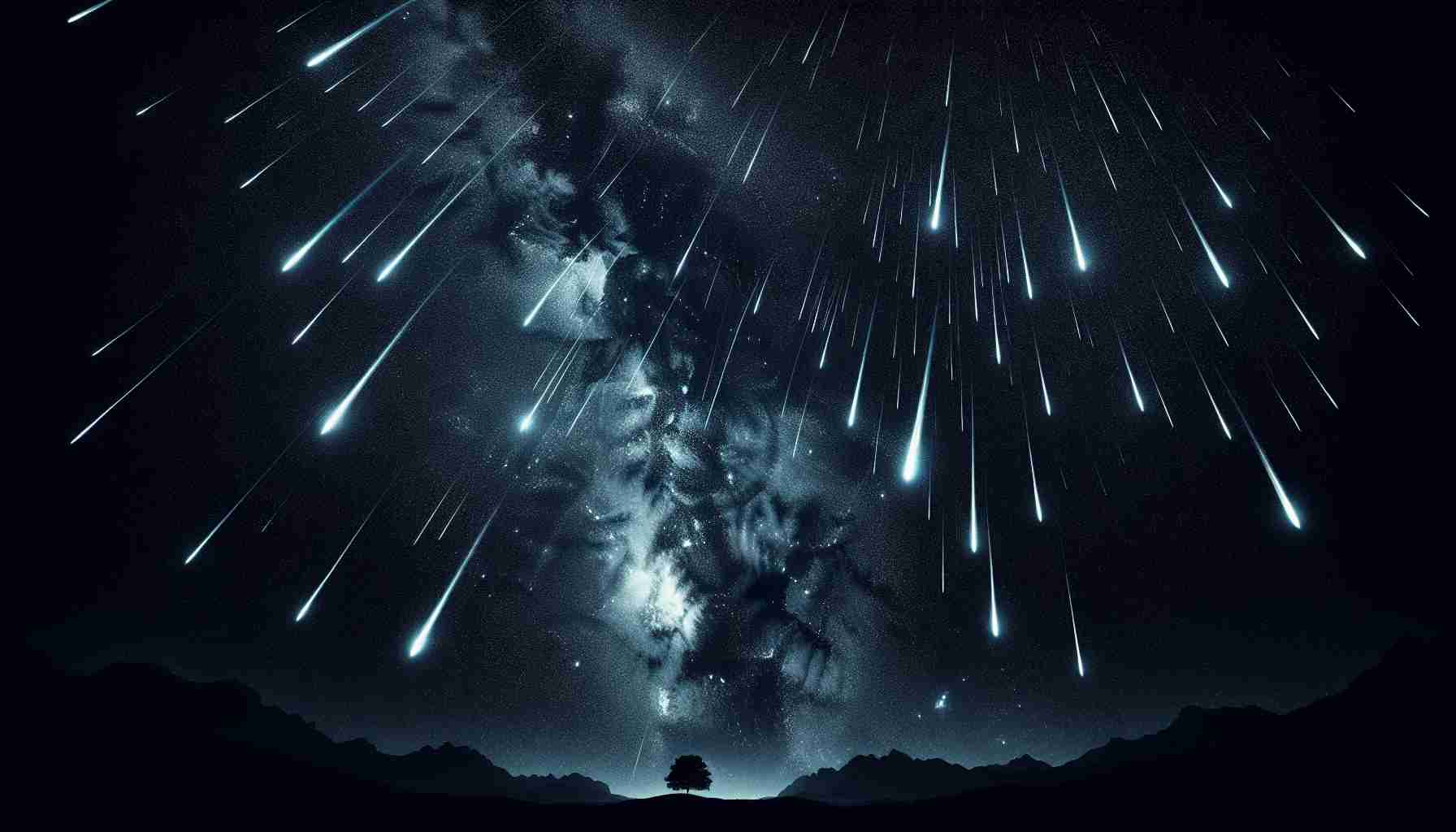Prepare for the spectacular Ursid meteor shower, climaxing just ahead of Christmas. While it might not outshine its more famous counterpart, the Geminids, the Ursids offer a fascinating display that can surprise even the most seasoned stargazers.
Shyam Balaji from King’s College London explains that this shower typically features a modest count of about 5 to 10 meteors per hour under optimal conditions. However, history has shown that it can surprise with sudden bursts, as seen in 1945 and 1986 when observers reported up to 100 meteors each hour.
The unpredictability of the Ursids adds a sense of excitement for those eager to gaze into the night sky. This year’s peak viewing will occur on December 23, leaving enthusiasts to wonder just how many meteors might illuminate the heavens. The meteor shower is linked to the debris from comet 8P/Tuttle, emphasizing the cosmic connections we have through these natural phenomena.
While the 59% waxing moon may obscure some meteors, dedicated viewers can still catch the beauty of the shower until December 26. So gather your friends, find a dark spot away from city lights, and enjoy this celestial wonder before the year ends. Don’t forget, the Quadrantids are next, lighting up the sky on January 3. Enjoy the show!
Catch the Celestial Show: Everything You Need to Know About the 2023 Ursid Meteor Shower
The Ursid meteor shower is a captivating event that brightens the December night sky, providing an extraordinary opportunity for stargazers to witness natural beauty just before Christmas. Though not as well-known as the Geminids, the Ursids hold their own with unique characteristics and potential surprises.
What to Expect from the Ursid Meteor Shower
Timing and Peak Visibility:
This year, the Ursids will peak on December 23, 2023. Stargazers can expect to see a range of 5 to 10 meteors per hour under ideal conditions. However, previous Ursid showers have demonstrated their unpredictability, with noteworthy outbreaks recorded in 1945 and 1986, showing peaks of up to 100 meteors an hour. This unpredictability is one of the more thrilling aspects: you never quite know what to expect!
Link to Comet 8P/Tuttle:
The meteors are remnants of comet 8P/Tuttle, which orbits the sun approximately every 13.6 years. The debris left in the comet’s wake is what creates the spectacular visual displays when Earth passes through this trail. Understanding the connection to this comet gives a profound sense of the dynamic processes at play in our solar system.
Ideal Viewing Conditions
Moon Phase Impact:
This year’s viewing might be hampered slightly due to a waxing moon, which will be 59% illuminated. Although some meteors could be obscured, dedicated viewers should still be able to enjoy the display until December 26, 2023. To enhance your experience, try to find locations away from city lights.
Tips for Stargazing
1. Find a Dark Location: Choose a place with minimal light pollution.
2. Bring along Friends: Sharing the experience can enhance the enjoyment.
3. Comfort Supplies: Bring blankets, warm clothing, and snacks to make your viewing more comfortable.
The Next Meteor Shower
After the Ursids, the Quadrantid meteor shower will follow shortly, peaking on January 3, 2024, so stargazers can keep the momentum going into the new year.
Why Stargazing Matters
Stargazing allows us to connect with the cosmos and appreciate the vastness of the universe. Meteor showers like the Ursids provide not just a visual spectacle but also an opportunity for scientific observation and community engagement.
Conclusion
As the year draws to a close, don’t miss the enchanting Ursid meteor shower! With its potential for unexpected bursts and a connection to cometary debris, it’s a celestial event that promises to captivate both novice and experienced stargazers alike.
For more information on celestial events and stargazing tips, visit NASA.


